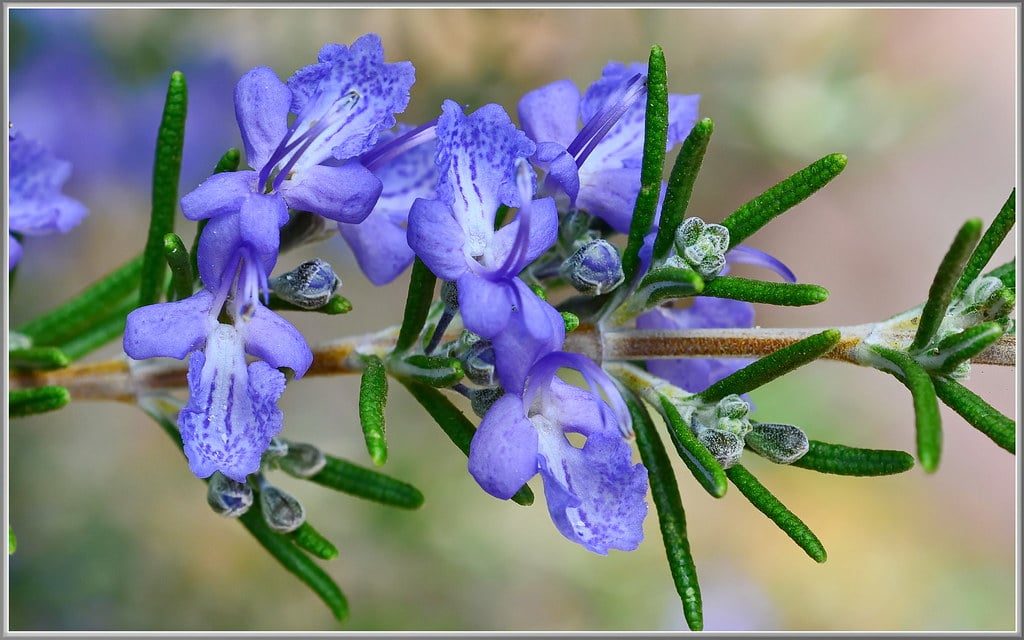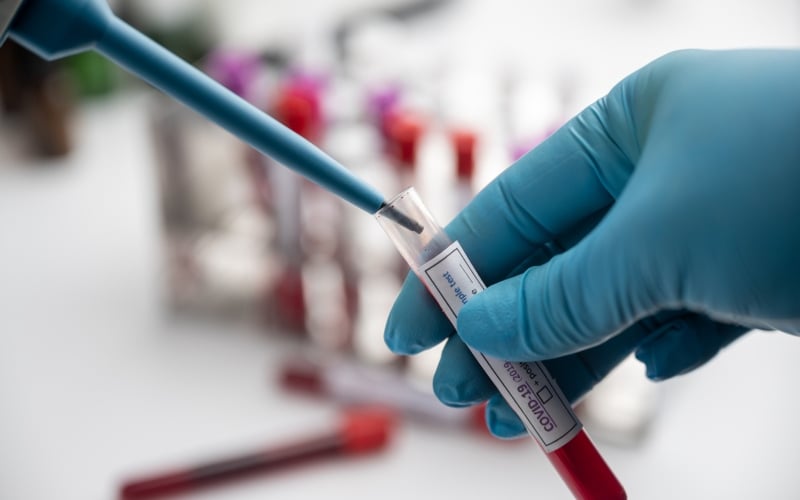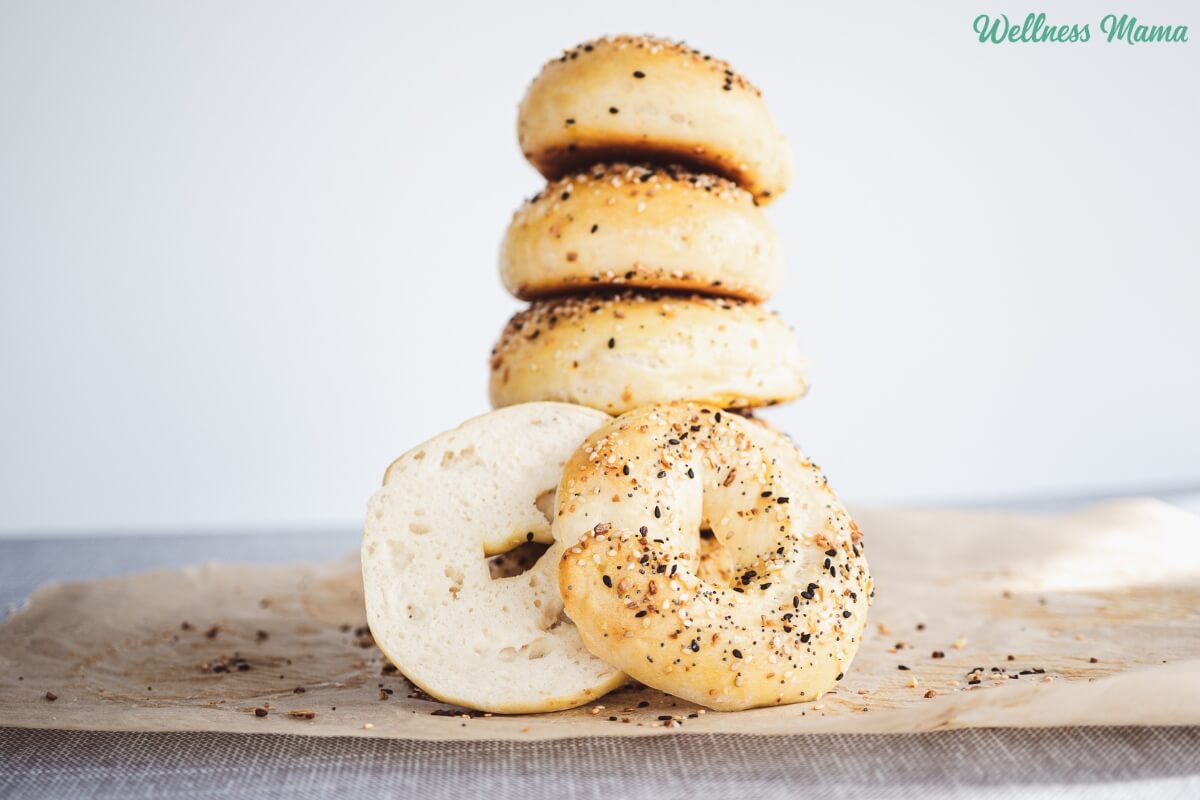 Author: Hannah FryeFebruary 12, 2023
Author: Hannah FryeFebruary 12, 2023 mbg Assistant Beauty EditorBy Hannah Fryembg Assistant Beauty EditorHannah Frye is the Assistant Beauty Editor at mindbodygreen. She has a B.S. in journalism and a minor in women’s, gender, and queer studies from California Polytechnic State University, San Luis Obispo. Hannah has written across lifestyle sections including health, wellness, sustainability, personal development, and more.What is a scalp scrub?BenefitsIngredients Recipes Scrub vs exfoliator FAQThe takeawayImage by Milles Studio / StocksyFebruary 12, 2023Our editors have independently chosen the products listed on this page. If you purchase something mentioned in this article, we may earn a small commission.
mbg Assistant Beauty EditorBy Hannah Fryembg Assistant Beauty EditorHannah Frye is the Assistant Beauty Editor at mindbodygreen. She has a B.S. in journalism and a minor in women’s, gender, and queer studies from California Polytechnic State University, San Luis Obispo. Hannah has written across lifestyle sections including health, wellness, sustainability, personal development, and more.What is a scalp scrub?BenefitsIngredients Recipes Scrub vs exfoliator FAQThe takeawayImage by Milles Studio / StocksyFebruary 12, 2023Our editors have independently chosen the products listed on this page. If you purchase something mentioned in this article, we may earn a small commission.If you’re looking for sustainable substitutes in your skin care routine, you may want to consider the vast world of DIY beauty. While you shouldn’t play cosmetic chemist and try whip up a retinol serum from scratch, simpler products can be made in your very own home, without compromising on quality and efficacy.
One of the best DIY projects: Your very own scalp scrub. We asked experts for the 101 on how to make the best scrubs at home so you can save your money and give your scalp a much-needed refresh. Let’s get into it.
Advertisement
This ad is displayed using third party content and we do not control its accessibility features.What is a scalp scrub?
beauty & gut collagen+
A powerful daily ritual for glowing skin and strong hair & nails*
★ ★ ★ ★ ★★ ★ ★ ★ ★(154)
Shop now Shop now
Shop nowA scalp scrub is fairly self-explanatory. You’ll whip up a mixture that will manually exfoliate the scalp, resulting in fewer flakes and an overall reset for your roots. However, these scrubs are more similar to facial scrubs than body scrubs, as the skin on your scalp is quite sensitive and requires something light.
Those with a sensitive scalp should generally opt out of scalp scrubs, certified trichologist and founder of Colour Collective, Kerry Yates tells mbg. However, Yates recommends these scrubs for anyone who uses dry shampoo often (or if you struggle with frequent buildup).
The key to ensuring your scalp scrub doesn’t damage your skin: Opt for fine granules, mix your base with a carrier oil, and use your fingertips, not your nails. More on this in a bit, but keep in mind that the goal is to gently exfoliate the skin, not rub it raw.
What are the benefits of a scalp scrub?
Running with the notion that you’ll be using a gentle scrub, these are the potential benefits you can expect:
- Removes buildup: Whether it’s from dry shampoo, hairspray, hair gel, or just living life, your scalp can accumulate buildup fairly easy. A scalp scrub is one way to manually slough off that buildup to reveal a clean follicle that’s ready to grow.
- Eases irritation: If your scalp feels irritated, it could be due to that buildup we just mentioned. So, a light scalp scrub could help relieve some of that itch and discomfort. However, you shouldn’t use a scalp scrub if your scalp actually hurts (more on that later).
- Gets rid of flakes: Another major benefit: Scalp scrubs can help mitigate flakes, according to certified trichologist and founder of Alodia haire care Isfahan Chambers-Harris, Ph.D.
Advertisement
This ad is displayed using third party content and we do not control its accessibility features.DIY scalp scrub base ingredients.
The first step to making your own scalp scrub is to choose your base. This is where you’ll decide what exactly will be doing the exfoliating before moving onto your carrier oil. To follow, a few of our favorite ingredients to include and then some quick recipes to follow.
- Sugar: “Any sugar is great to use because it's overall gentle on the scalp,” Chambers-Harris says. If possible, look for fine sugar rather than that found in large, crystallized cubes.
- Salt: If you have loads of buildup on the hair from hairspray, dry shampoo, hair gel, or any other sticky product, then you’ll want to pull out the hard-hitting exfoliants like salt. Look for a fine-grain salt rather than one with huge crystals to keep it as gentle (yet also as effective) as possible. Rub very lightly with this one, and let the salt exfoliate the skin rather than the pressure of your hand.
- ACV: Apple cider vinegar is one of the best DIY ingredients for the scalp thanks to its antimicrobial properties, and has even been shown to help tame dandruff.
- Yogurt: Yogurt contains lactic acid, a gentle chemical exfoliant that will leave your scalp feeling fresh without stripping your skin of its natural oils.
- Aloe vera: Aloe vera is an ultra-hydrating addition to any scalp mask or scalp scrub. Plus, it’s safe for sensitive skin and rinses clean with ease.
- Coconut oil: For anyone with dry scalp, coconut oil will be your best friend. To use it in a scalp scrub, be sure to melt it before mixing in your granules—but never apply it while it’s still hot.
- Botanical oils: Chambers-Harris recommends adding botanical oils like sweet almond oil or avocado oil for a nourishing boost. For those with an oily scalp, jojoba oil can help regulate oil production while simultaneously hydrating the skin. For more hair oils, check out our favorites.
- Rosemary oil: Working on growing your locks? Rosemary oil is a great addition to your scalp scrub thanks to its ability to encourage growth just as well as 2% minoxidil1 (the active ingredient in popular over-the-counter growth remedies).
Advertisement
This ad is displayed using third party content and we do not control its accessibility features.5 DIY scalp scrub combos to try.
Now let’s get specific. We’ve compiled a list of different scalp scrubs and treatments. While some of them may not contain physical exfoliants, we wanted to provide a range of options for those who prefer something less abrasive.
All of these recipes produce enough product for one use, and they’re totally open for customization. Think of these like blueprints to which you can add things to or switch up to fit your preferences. Without further ado, let’s get mixing.
DIY scalp scrub for buildup.
For those with loads of buildup, you’ll want the help of salt. Be sure to find a finer grain if possible, rather than salt with large crystals.
- 1 teaspoon fine salt.
- 2 tablespoons jojoba oil.
- 1-2 drops tea tree oil.
Advertisement
This ad is displayed using third party content and we do not control its accessibility features.DIY scalp scrub for an average scalp.
For the average user, the following scrub will help detox the scalp without any complicated additions. This one is ideal for minimalists.
- 1 tablespoon sugar.
- 2 tablespoons avocado oil or melted coconut oil.
Advertisement
This ad is displayed using third party content and we do not control its accessibility features.DIY scalp scrub for a dry scalp.
If your scalp is dry but not flakey, you’ll want to opt for a less abrasive treatment. The lactic acid in the yogurt will give you a small exfoliation with the aggressive granular ingredients.
- 4 tablespoons yogurt.
- 1 teaspoon melted coconut oil.
- 1 teaspoon aloe vera.
Follow this recipe. Leave this treatment on for a few minutes before rinsing it off, allowing the hydrating ingredients to penetrate into the scalp.
DIY scalp mask for irritation.
If your scalp is sensitized or you’re experiencing minor irritation, then you’ll want to lay off the scrubs. Instead, use the following mask recipe. You will get some natural exfoliation from aloe vera (thanks to its salicylic acid content), but it won’t be overpowering.
- 4 tablespoons aloe vera.
- 1 tablespoon jojoba oil.
Again, leave this treatment on for a few minutes before rinsing it out.
DIY scalp scrub for growth.
As previously mentioned, rosemary oil is great for hair growth, so why not toss it in your scrub? Follow this simple recipe.
- 1 tablespoon sugar.
- 4 tablespoons melted coconut oil.
- 2-4 drops rosemary oil.
Scalp scrub vs scalp exfoliator: What's the difference?
Using a physical scrub is not the only way to exfoliate your scalp. Just like with facial skin care, you can call upon chemical exfoliants as well, including alpha- and beta-hydroxy acids (AHAs and BHAs).
Chemical exfoliant treatments generally come in the form of a mask or serum, like the Act + Acre Scalp Renew. Which form of exfoliation is best for you is certainly something that comes with giving it a shot. So if you don’t love your DIY scalp scrub, know that there are plenty of other options out there.
The takeaway.
Scalp scrubs are one of the best beauty products to make DIY style. Remember to opt for fine sugar or salt, mix your base with a carrier oil, and always work them in with your fingertips, not your nails. Want to learn more about scalp care? Check out our full breakdown here.
 Hannah Fryembg Assistant Beauty Editor
Hannah Fryembg Assistant Beauty EditorHannah Frye is the Assistant Beauty Editor at mindbodygreen. She has a B.S. in journalism and a minor in women’s, gender, and queer studies from California Polytechnic State University, San Luis Obispo. Hannah has written across lifestyle sections including health, wellness, sustainability, personal development, and more. She previously interned for Almost 30, a top-rated health and wellness podcast. In her current role, Hannah reports on the latest beauty trends, holistic skincare approaches, must-have makeup products, and inclusivity in the beauty industry. She currently lives in New York City.











